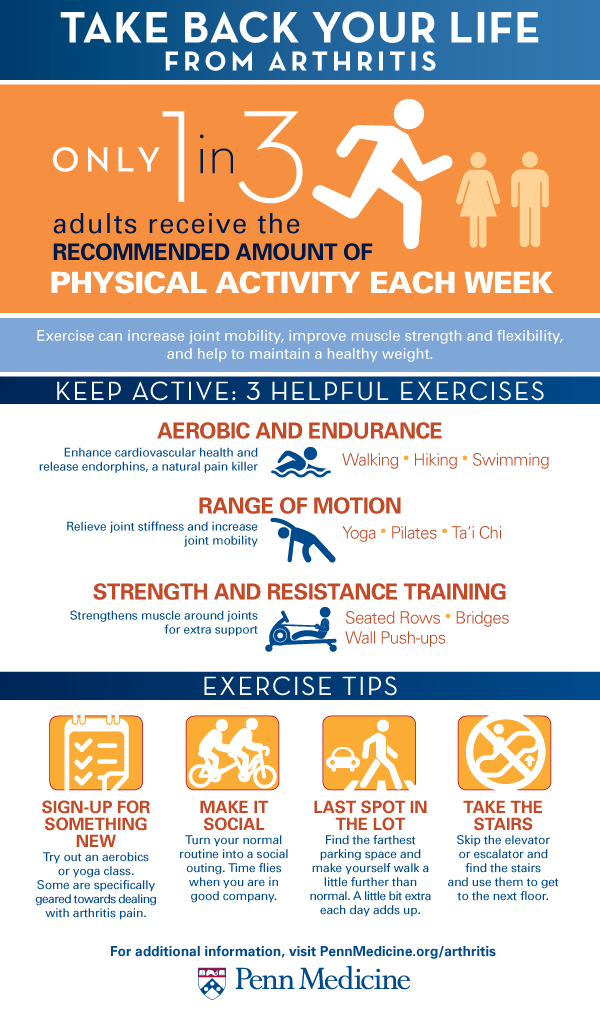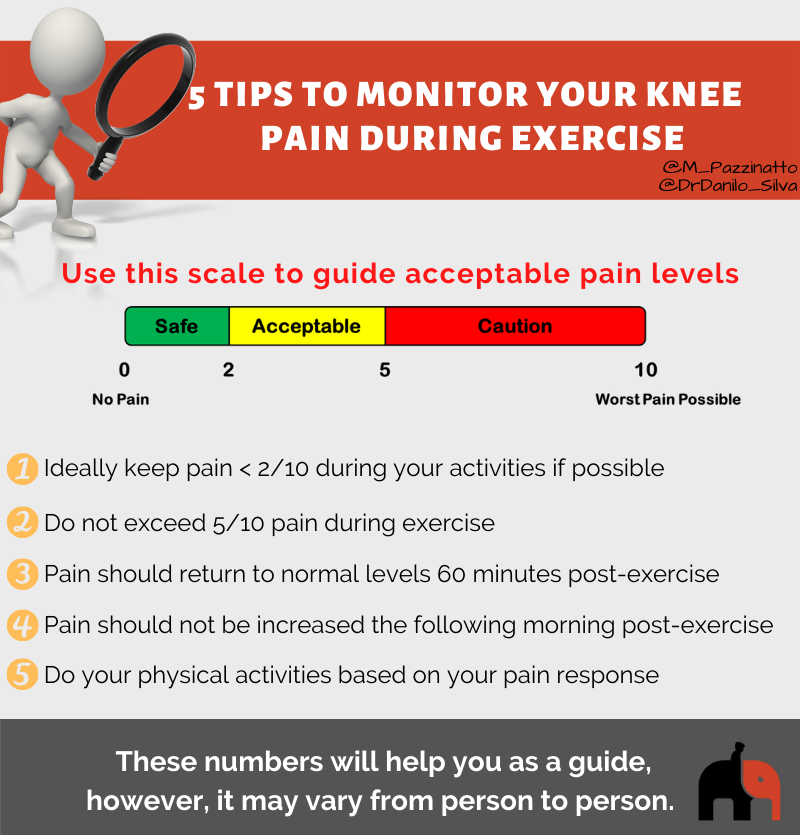Discover the essential exercises and tips to ease knee pain and improve your mobility with this insightful blog post.
Table of Contents
- Introduction: Understanding Knee Pain
- What Causes Knee Pain?
- Top Exercises to Help With Knee Pain
- Gentle Stretches for Your Knees
- Why Kegel Exercises Aren’t Just for Grown-ups
- Building Muscle to Support Knees
- Playing Safe to Protect Your Knees
- Arthritis Management for Kids
- Asking for Help When Your Knees Hurt
- Fun Knee Facts: Did You Know?
- Conclusion: Taking Care of Your Knees
- FAQs: Questions You Might Have About Knee Pain
Introduction: Understanding Knee Pain
Do you ever wonder why your knees sometimes ache or feel sore? In this article, we will explore the world of knee pain and what it means to have good ‘joint health’.
When we talk about knee pain, we are referring to discomfort or soreness in the area around your knees. Our knees are really important because they help us move around, run, jump, and play. So, it’s essential to take care of them!
Understanding what ‘joint health’ means is also crucial. Joints are the parts of our body where two or more bones meet. Keeping our joints healthy ensures that we can move easily without any pain or discomfort.
What Causes Knee Pain?
When your knees hurt, it can make moving around not so fun. But do you know why your knees might be feeling sore? Let’s dive into the common reasons why knees can hurt, like rheumatoid arthritis and osteoarthritis.
Rheumatoid Arthritis and Knees
Rheumatoid arthritis is a type of arthritis that can make your joints, including your knees, feel stiff, swollen, and painful. It happens when your immune system mistakenly attacks the lining of your joints, causing inflammation. This inflammation can lead to pain and difficulty moving your knees.
Osteoarthritis: A Knee’s Challenge
Osteoarthritis is another condition that can cause knee pain. It occurs when the cartilage in your joints wears down over time, which can happen as you get older or due to an injury. Without enough cartilage to cushion your knees, the bones can rub against each other, causing pain, stiffness, and swelling.
Top Exercises to Help With Knee Pain
These are moves you can do to make your knees feel better. We will explore exercises that can help relieve knee pain and strengthen the muscles around your knees.

Image courtesy of www.pennmedicine.org via Google Images
Gentle Stretches for Your Knees
It’s essential to keep your knees flexible and limber to prevent and alleviate pain. Here are some easy stretches that can help your knees:
Easy Bend and Stretch
One simple way to care for your knees is by bending and stretching them gently. You can sit on the floor with your legs extended in front of you and bend your knees to bring your heels towards your buttocks. Hold this position for a few seconds, then release. Repeat this stretch a few times to keep your knees flexible and pain-free.
Leg Lifts for Stronger Knees
Another fantastic exercise for your knees is leg lifts. You can lie on your back with one knee bent and the other leg extended. Lift your extended leg towards the ceiling, keeping it straight, then lower it back down. Repeat this movement on both legs to strengthen the muscles surrounding your knees and improve stability.
Building Muscle to Support Knees
Strong leg muscles can provide support and stability to your knees, reducing the risk of pain and injury. Let’s learn about exercises that can make the muscles around your knees stronger:
Squats: Fun and Good for Knees
Squats are a fun and effective way to strengthen your knee muscles. You can stand with your feet shoulder-width apart, bend your knees, and lower your body as if you’re sitting in a chair. Make sure to keep your back straight and your knees aligned with your toes. Slowly rise back up to the starting position. Repeat this movement to help build muscle and support your knees.
Leg Press: Be a Knee Superhero
Another exercise that can make your knees stronger is the leg press. You can sit on a chair or bench with your feet flat on the ground. Push against the ground with your feet to straighten your legs, then release. This movement targets the muscles in your thighs and can improve knee stability. Be a knee superhero by incorporating leg presses into your exercise routine!
Gentle Stretches for Your Knees
In this section, we will learn about easy stretches that can help your knees feel better. These gentle movements can make a big difference in easing knee pain.
Easy Bend and Stretch
One simple way to help your knees is by doing an easy bend and stretch exercise. Stand up straight and bend one knee slightly while lifting the other foot off the ground. Hold onto a chair or wall for balance if needed. Gently stretch the bent knee by slowly straightening it out. Repeat this movement 5-10 times on each leg to help loosen up your knee joints.
Leg Lifts for Stronger Knees
Leg lifts can also be a great way to strengthen the muscles around your knees. While lying flat on your back, bend one knee and keep the other leg straight. Slowly lift the straight leg up towards the ceiling, then lower it back down. Do 10-15 leg lifts on each side to build up strength in your knees.
By incorporating these simple stretches into your daily routine, you can help improve the flexibility and strength of your knees, making it easier to move and reducing any discomfort you may be feeling.
Why Kegel Exercises Aren’t Just for Grown-ups
Have you ever heard of kegel exercises? These exercises are usually associated with grown-ups, but did you know they might actually be good for your knees too? Let’s explore how kegel exercises can benefit more than just adults.

Image courtesy of www.pinterest.com via Google Images
Kegel exercises involve squeezing and releasing the muscles in your pelvic floor. While these exercises are often recommended for adults to improve bladder control and strengthen the pelvic floor, they can also play a role in supporting the muscles around your knees. Strong pelvic floor muscles can help with overall muscle stability and balance, which can be beneficial in maintaining healthy knees.
So, next time you hear about kegel exercises, remember that they’re not just for grown-ups looking to improve their bladder control – they could also be helping your knees stay strong and healthy!
Building Muscle to Support Knees
In order to help your knees feel better and stay strong, it’s important to build up the muscles around them. When these muscles are strong, they can help support your knees and reduce the pain you might be feeling. Let’s explore some exercises that can make a big difference!
Squats: Fun and Good for Knees
Squats are a great exercise that can work wonders for your knees. They help strengthen the muscles in your thighs, hamstrings, and buttocks, which all play a big role in supporting your knees. To do a squat, stand with your feet shoulder-width apart, bend your knees, and lower your body as if you’re sitting back in a chair. Make sure to keep your back straight and chest up. Then, push through your heels to stand back up. Doing squats regularly can make your knees happier and stronger!
Leg Press: Be a Knee Superhero
Another fantastic exercise for building strong knee-supporting muscles is the leg press. You can usually find a leg press machine at a gym, which allows you to push weights away from you using your legs. This move targets your quads, hamstrings, and glutes, all of which help stabilize and protect your knees. By including the leg press in your workout routine, you can become a superhero for your knees and keep them healthy and strong.
| Exercise | Description |
|---|---|
| Quad Sets | Lie on your back with one knee bent and the other leg straight. Tighten the thigh muscle of the straight leg and hold for a few seconds. Repeat with the other leg. |
| Straight Leg Raises | Lie on your back with one leg bent and the other straight. Lift the straight leg up to the height of the bent knee and slowly lower it back down. |
| Hamstring Curls | Stand up straight and bend one knee so that your heel moves towards your buttocks. Hold for a few seconds, then lower your foot back down. |
Playing Safe to Protect Your Knees
When it comes to having fun and playing games, it’s important to keep your knees safe and healthy. Here are some tips on how to enjoy all your favorite activities without risking knee pain or injury.

Image courtesy of mykneecap.trekeducation.org via Google Images
Wear the Right Shoes
One of the best ways to protect your knees while running, jumping, or playing sports is by wearing proper shoes. Good shoes provide support and cushioning for your feet and knees, reducing the impact on your joints. Make sure your shoes fit well and are suitable for the activity you’re doing to prevent unnecessary strain on your knees.
Learn the Right Way to Move
Knowing the right way to move and play can make a big difference in keeping your knees healthy. Avoid sudden movements or quick twists that can put stress on your knees. Instead, focus on using proper techniques when running, jumping, or playing sports. Take the time to warm up before any physical activity to prepare your muscles and joints for movement, reducing the risk of knee injuries.
Arthritis Management for Kids
Even though arthritis is more common in grown-ups, it’s essential to know that kids can also experience it. Let’s discuss ways kids can feel better if they have arthritis.
Daily Habits for Happy Knees
One of the best things you can do to manage arthritis in your knees is to develop daily habits that promote joint health. Taking breaks to rest your knees and avoid activities that put too much strain on them can make a big difference. Remember to listen to your body and give your knees the care they need.
Food for Healthy Knees
Did you know that there are yummy foods that can help keep your knees healthy? Foods rich in omega-3 fatty acids like salmon and walnuts can help reduce inflammation in your joints. Vitamin C-rich fruits like oranges and strawberries can also help with collagen production, which is essential for healthy joints. By including these foods in your diet, you can support your knees and overall joint health.
Asking for Help When Your Knees Hurt
Sometimes we need a grown-up’s help – learn when you should ask. If your knees are hurting for a long time or if the pain is getting worse, it’s important to talk to someone who can help you feel better.

Image courtesy of healthsciences.unimelb.edu.au via Google Images
Talking to Your Parents
If your knees hurt, it’s essential to tell your mom or dad about it. They care about you and want to make sure you’re okay. Find a time when they’re not busy and let them know that you’ve been feeling pain in your knees. They can help you figure out what to do next, like doing some exercises or seeing a doctor if needed.
Going to a Doctor
When is it a good idea to see a doctor about your knee? If your knees are hurting a lot, even after you’ve tried gentle exercises and stretches, it might be time to visit a doctor. They can check what’s going on with your knees and recommend the best way to help you feel better. It’s okay to ask for help from a professional when you need it!
Fun Knee Facts: Did You Know?
Did you know that your knee is like a complex machine? Inside your knee, there are different parts that work together to help you move. These parts include bones, cartilage, ligaments, and tendons. It’s amazing how everything works together to keep you active!
Your Knees Are Like Shock Absorbers
When you walk, run, or jump, your knees act as shock absorbers. They help cushion the impact of your movements, protecting the rest of your body from too much stress. So, next time you’re jumping around, remember to thank your knees for their hard work!
Knees Can’t Straighten Themselves
Unlike your elbow, which you can straighten easily, your knee needs a little help to fully extend. Your quadriceps muscles, located on the front of your thighs, help your knee straighten out completely. So, make sure to do exercises that strengthen these muscles to keep your knees healthy and strong!
Your Knees Love Movement
Just like other parts of your body, your knees thrive on movement. When you stay active and keep your knees bending and stretching, you’re actually helping to keep them healthy. So, don’t be afraid to move and have fun – your knees will thank you!
Conclusion: Taking Care of Your Knees
In this blog post, we talked about ways to keep your knees healthy and strong. By understanding why your knees might hurt and learning about exercises and tips to manage knee pain, you can take better care of your joints.
Remember, joint health is important for staying active and having fun. Whether you have rheumatoid arthritis, osteoarthritis, or just want to prevent knee pain, there are exercises and stretches you can do to keep your knees feeling good.

Image courtesy of healthsciences.unimelb.edu.au via Google Images
From gentle stretches to building muscle to support your knees, there are many ways you can take care of your joints. Don’t forget to play safe and wear the right shoes to protect your knees while running and playing.
If you ever experience knee pain that doesn’t go away or gets worse, don’t hesitate to talk to your parents and consider seeing a doctor. Taking care of your knees now will set you up for a lifetime of healthy joints and happy play!
FAQs: Questions You Might Have About Knee Pain
Why do my knees crack when I bend them?
It’s not uncommon for knees to make cracking or popping noises when you bend them. This usually happens due to air bubbles in the fluid around your knee joints. As you move your knees, these bubbles may burst, creating the cracking sound. In most cases, knee cracking is nothing to worry about as long as it’s not accompanied by pain or swelling. However, if you experience discomfort along with the cracking, it might be a good idea to talk to a grown-up about it.
Can running too much be bad for my knees?
While running can be a great way to stay active and healthy, doing too much of it may put some strain on your knees. It’s essential to listen to your body and not push yourself too hard. If your knees start to hurt after running, it could be a sign that you need to take a break and give them time to rest and recover. Making sure to wear the right shoes and warming up before you run can also help prevent knee pain. If the discomfort persists, don’t hesitate to talk to a grown-up about it.
What do I do if my knee hurts after falling?
If you fall and hurt your knee, the first thing you should do is rest and avoid putting weight on it. Apply an ice pack to reduce swelling and elevate your leg to help with pain and inflammation. If the pain is severe or doesn’t improve after a day or two, it’s essential to let a grown-up know so they can decide if you need to see a doctor. Taking care of your knee after a fall is crucial to ensure it heals properly and doesn’t cause any long-term problems.




